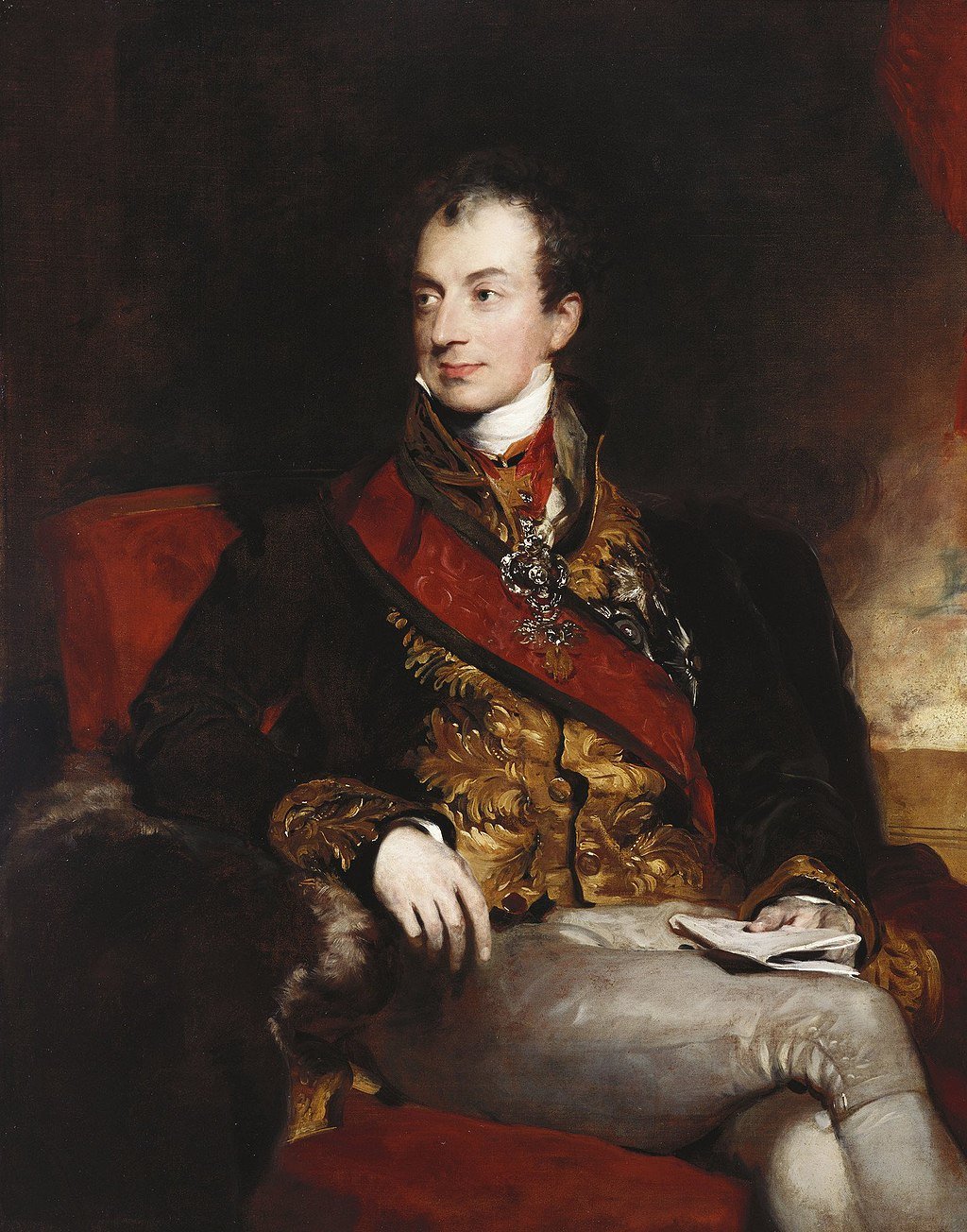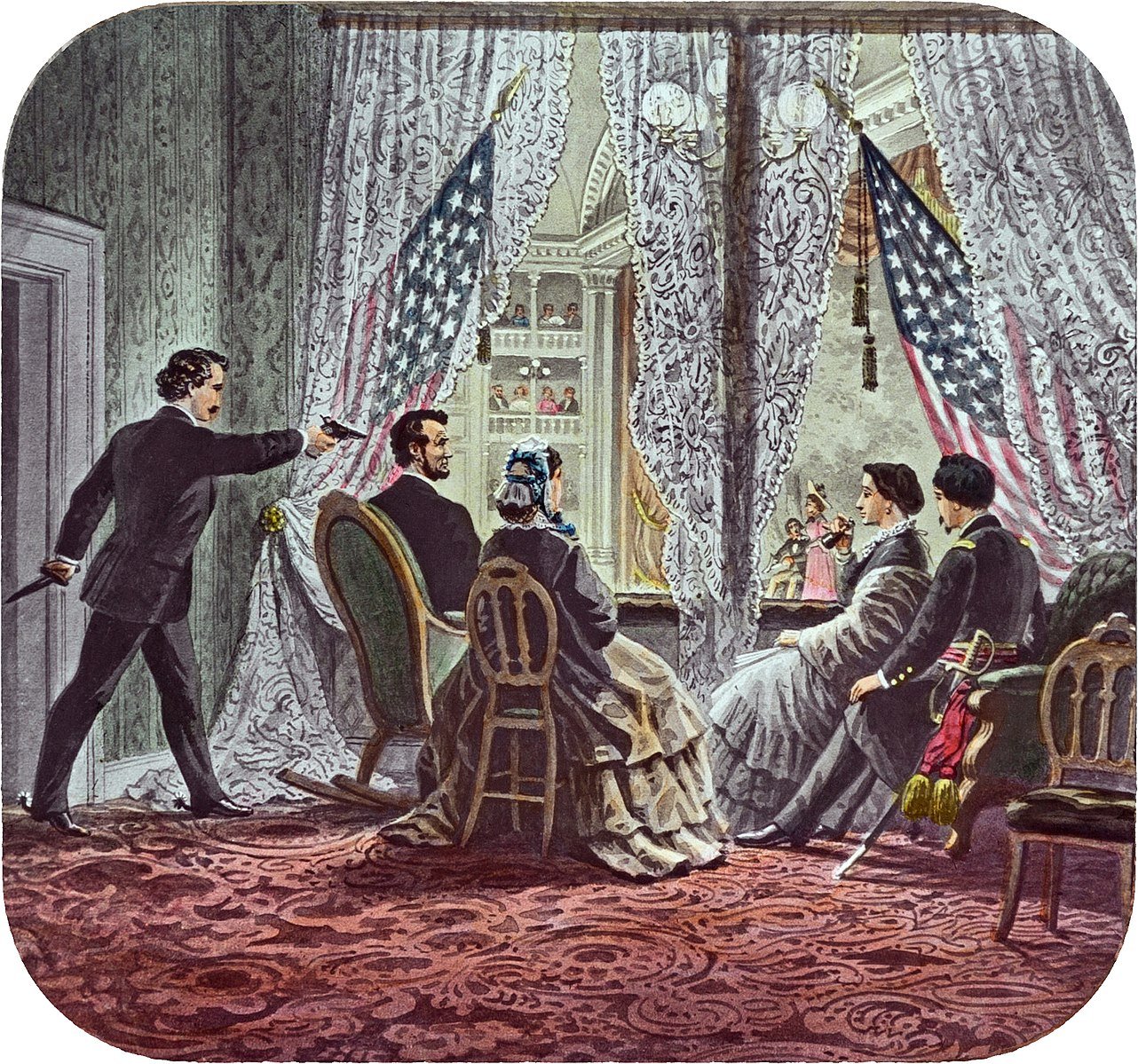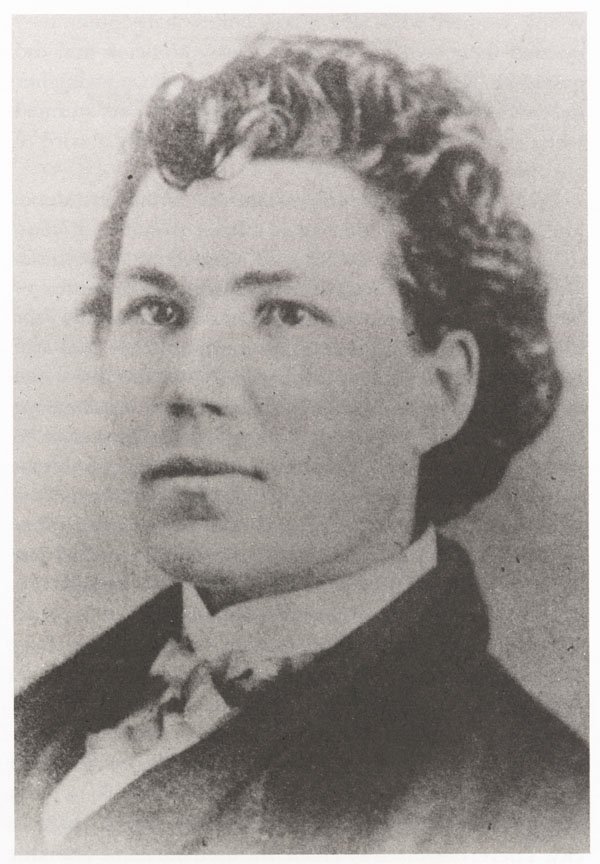The Congress of Vienna took place in 1814-15 in the light of the ending of the Napoleonic Wars. It had the aim of creating a revised European political order in the post-war period. Here, Bilal Junejo considers how effective the Congress was.
Klemens von Metternich. 1815 portrait by Thomas Lawrence.
Whenever it is the effectiveness of something which has to be determined, it invariably helps to be clear at the outset about the criteria in light of which such determination is to be made. In the case of the Congress of Vienna, how effective was it in doing what? What was it supposed to do when it convened? And what did it then go on to actually do? Was it able, by dint of the settlement which it drew up on 9 June 1815, to accomplish all that it had set out to? Or did subsequent events prove by their very occurrence that the Treaty of Vienna had been “ineffective” (because it could do nothing to forestall them)? To learn the answers, we must begin our analysis by examining the principal characteristics of a peace conference in the abstract — before turning to consider the extent to which those characteristics may be said to have been borne by the Congress of Vienna.
Ordinarily, a peace conference opens in the wake of an armistice. That is because the foremost purpose of such a conference is to determine what the postwar settlement will look like, and there is no point in discussing such a settlement until hostilities have at least provisionally ceased, for any such discussion presupposes knowledge of the international environment in which any settlement drawn up will have to operate, and no ascertainment of that environment can take place until fighting has stopped, not least because the lineaments of that environment will themselves be determined by the timing of the truce. What necessitates such a conference, though, is not the nature of the losing side’s surrender (which may be conditional or unconditional), but the fact that the winning side comprises not one participant but several. The victors’ initial lack of consensus as to the principal characteristics of the postwar settlement, coupled with the inability of each of them to settle things unilaterally in their own favor, makes them hold a conference in the hope of finding (some) common ground. As it is a peace conference, any acceptable settlement (for what is not acceptable will not be workable either) in which its deliberations eventuate has to ensure, if the conference itself is to be called “effective”, three things at all costs — the minimization of the losing side’s ability (and, if the victors are sufficiently wise, incentive) to resume hostilities; the material satisfaction of each victor in proportion to their losses during the war; and finally, if the first two requirements have been fulfilled, an overall arrangement of affairs that is calculated to maximize the life of the new peace. Given how the views of each victor are bound to be colored by considerations of their national security, none of the three things mentioned above can ever admit of an easy solution; but what occasionally complicates matters for everyone is the awkward situation where some members of the winning side turn out to have been able to have accomplished all or most of their wartime goals before the armistice was concluded, whilst the rest expect to be able to accomplish theirs as a direct result of the postwar settlement. The former, whom one might call the possessive, will consequently find their bargaining power at the conference to be much greater than that of the latter, whom one might call the acquisitive. Under such circumstances, the acquisitive will normally make their gains only if they first accord recognition to the wartime gains of the possessive. However, it should also be remembered that the possessive will have, in spite of their superior bargaining position, a vested interest in satisfying as many demands of the acquisitive as they possibly can, since any alienation of the latter will only result in potential allies for the side that has lost the war, presaging a regrouping of forces and a consequent undermining of the new settlement even before it officially comes into being.
Effectiveness
Having ascertained the raison d’être of a peace conference, as well as the three cumulative requirements for making it “effective”, it should not be too difficult now for us to determine just how well the Congress of Vienna’s chosen means conduced to its own ends. Beginning with the first requirement, namely minimizing the losing side’s ability and incentive to resume hostilities, the Congress performed quite well. Unlike most peace conferences, it had the advantage of having opened (in September 1814) only after a proper treaty of peace (as opposed to a mere armistice) had been concluded with the loser (on 30 May). The Treaty of Paris had confirmed not only the Allies’ recognition of the return of legitimate (i.e. internationally acceptable) Bourbon rule to France, but also the terms upon which France (or at least her new, de facto representatives) had agreed that she should thenceforth peacefully coexist with the rest of Europe. The early advent of this congenial development ensured that the Congress, when it subsequently convened, would remain conscious of the need to draw up no settlement of which the provisions in relation to France would be such as to humiliate the French people, subvert the Bourbons’ shaky hold, incite the return of Bonapartism, and plunge Europe into war anew. And given the decision to exile Napoleon to an island as close to France as Elba, it is likely that nobody foresaw the One Hundred Days in May 1814, as nobody could have known then how quickly the Bourbons, notwithstanding the Charter of Ghent, would resume their traditional misrule (ranging from economic inefficiency to humiliating political opponents) after returning to power (Roberts, 2015: 726-8). But that misrule had nothing to do with the Congress. It could, of course, be argued that since the Bourbons owed their return to Allied military support, the Congress could have ordered them to govern less provocatively than they were doing, but that begs the question of how exactly it was supposed to have realized the provocation prior to Napoleon’s smoothest of returns to power in March 1815. As late as February, Lord Castlereagh’s deputy at the Foreign Office was telling Campbell (the British commissioner guarding Napoleon on Elba) when he met him in Florence that “[w]hen you return to Elba, you may tell Bonaparte that he is quite forgotten in Europe: no one thinks of him now (Roberts, 2015: 730).” This cannot be dismissed as mere hyperbole to dampen Napoleon’s spirits, for the aforementioned proximity of Elba to France and the Allies’ indifference to both that and Bourbon misrule (in spite of Allied forces still being present upon French soil) strongly suggest that such a view was genuinely held at the ongoing Congress. But because Napoleon was soon defeated at Waterloo and exiled to faraway St Helena, the Congress never had to atone for its indifference to Bourbon misgovernment. The Second Treaty of Paris (20 November 1815) — which established a Quadruple Alliance of Great Britain, Prussia, Austria and Russia to function principally as a system of collective security for nipping any kind of French aggression in the bud — declared that France was to return to her pre-Revolutionary borders, pay an indemnity of 700 million francs, and have the greater part of her territory occupied by Allied forces for five years. But the French people, notwithstanding the Bourbons’ return, complied; and by 1818, at the Congress of Aix-la-Chapelle, reparations had been settled, the occupation was ended after only three years, and the Quadruple Alliance became the Quintuple with the addition of France, which finally restored her to full great power status in Europe. The speed with which France was able to regain equality of status in Europe after 1815 shows how the Congress of Vienna, supplemented by the Second Treaty of Paris, had left her neither desirous of overturning the new settlement nor in a position to do so even if she wanted to.
Material satisfaction
Vis-à-vis the second requirement — the victors’ material satisfaction — the Congress also did well. Indeed, it must have done so, if “it is possible to say [that the Vienna settlement] contained in none of its provisions the seeds of a future war between the great powers, and must thus be rated a better peace than either Utrecht or Versailles (Seaman, 2003: 8).” A complete list of the powers’ individual territorial gains is not necessary, for all that concerns us is the realization that because no power felt cheated or resentful, the third requirement — ensuring the peace’s longevity — may be considered in conjunction with the second, as any durable postwar peace presupposes the victors’ general satisfaction. It should be remembered that since the Congress had opened only after the Bourbons’ restoration, its task was not to achieve peace, but to ensure that it would continue. But because that peace was going to be principally between hereditary autocrats, the lack of domestic accountability had to be compensated for by an international equilibrium of forces, which necessitated not only the erosion of revolutionary ideas, but also the remedying of those weaknesses in the Continental structure which had tempted and enabled French aggression in the first place. Unsurprisingly, the best antidote to revolution was perceived to lie in the concept of legitimacy, which meant that the established monarchies of Europe alone had the right to rule over their respective people(s) merelybecause they were established. It was a return to the status quo ante, as
“After the two World Wars of the twentieth century there was no question of recreating the situation that had existed before the outbreak of hostilities; the statesmen of 1814, on the other hand, were definitely seeking some sort of return to the eighteenth-century system. It was not merely that their pride had been bruised by the impact of Napoleon's armies; the whole basis of the ancien régime had been challenged by the extension of revolutionary principles in the lands adjoining France, and for the Allies the purpose of victory was to restore the political and social framework that had been so roughly shaken since 1789 (Wood, 1964: 6).”
Weak Legitimacy?
The weakness inherent in choosing legitimacy as the basis of the Vienna settlement was that it was based upon the memory of the French Revolution and Napoleon (Kissinger, 1994: 88). Inevitably, as that memory faded with the passage of time, respect for legitimacy (which had only grown as a result of that memory) would diminish, and conflict erupt anew. But in 1815, there existed no other belief upon which to base a consensus. For the settlement to work, every power had not only to make the territorial gains for which she had fought the protracted Napoleonic Wars (and which would constitute her price for acceding to the settlement), but also to rest assured that those gains would not be subsequently snatched from her by a jealous rival. After decades of war, the decision to uphold legitimacy would mean that the incentive for one autocrat not to encroach upon the territory of another could easily lie in the understanding that the latter would reciprocate such forbearance in kind. Indeed, Russia, Prussia, and Austria went a step further, and developed between themselves what would come to be known as the Holy Alliance, which obliged its members to assist one another in the suppression of insurrectionary activity in each other’s dominions. But if legitimacy could keep the powers from exploiting their respective geopolitical opportunities merely for the sake of reciprocity, it did not eliminate the existence of those opportunities. They would be exploited as soon as anyone felt strong enough to do so (as eventually happened in the Crimean War). The principal achievement of the Treaty of Vienna — or rather of its foremost defender, Metternich, who remained Austrian foreign minister until 1848 — was to keep Prussia and Russia, the foremost Continental powers, convinced for over thirty years that their best interests lay in peace rather than war. It helped, of course, that these countries were autocracies, where Metternich only had to convince the monarch and no one else. But throughout his tenure, Metternich’s task had been to keep them from acting, rather than from reacting. One wonders, therefore, whether even Metternich, had he remained in office, would have been able to stave off conflict after the advent of the ‘illegitimate’ and provocatively domineering Napoleon III in 1852. It was Metternich’s luck that no meaningful challenge to the peace arose until after 1848 — and his accomplishment that he kept both Prussia and Russia from challenging it throughout his time in office. Navarino had not challenged the peace because Russia had fought it in concert with the ‘legitimate’ Bourbons and London — and against a non-Christian power, assisting whom was in no way stipulated by the Holy Alliance. Consequently,
“After the Congress of Vienna, Europe experienced the longest period of peace it had ever known. No war at all took place among the Great Powers for forty years, and after the Crimean War in 1854, no general war for another sixty (Kissinger, 1994: 79).”
Good luck
It was the spirit of Vienna’s good luck that it did not die (in 1856) until the rejuvenation of France under Napoleon III (which was shortly eclipsed by German unification under Bismarck) had taken place, restoring something of a military balance on the Continent to counter the end of legitimacy (which was crucial in postponing the outbreak of a general war until 1914). It had taken the combined forces of Great Britain, France, and eventually Piedmont-Sardinia (plus the decisive ultimatum from Austria) to bring Russia to the negotiating table in 1856!
But for the forty years that it lasted, the post-1815 peace also owed something to the Continental restructuring that had taken place at Vienna, and which the precepts of legitimacy subsequently preserved from unilateral change. In the first place, British determination to prevent the recrudescence of Continental subservience to one state had resulted in the creation of a united kingdom of Holland, Belgium, and Luxembourg to keep the Low Countries’ ports, which were perilously close to Dover, from falling into a Continental power’s hands. Catholic Belgium was united with Protestant Holland not from lack of foresight, but because it was impossible then to confirm future French docility (Seaman, 2003: 4) — not least because Napoleon had yet to be defeated when the Treaty of Vienna was signed on 9 June. Even after Belgium’s secession from the union in 1830, Great Britain was able to have Belgian sovereignty guaranteed by all the great powers under Article 7 of the Treaty of London of 1839 — with the result that thenceforth, until 1914, she could remain comfortably aloof from all disputes in western Europe (particularly at the time of the Franco-Prussian War in 1870), resulting in their automatic reduction to manageable proportions and preventing the outbreak of a Continental conflagration.
German Confederation & Russia
Another (Austro-) British achievement was the establishment of the German Confederation. An association of thirty-nine German states (including parts of both Prussia and Austria) in the center of Europe with no central administration but under the nominal presidency of Vienna would prove to be too strong to be attacked by a neighboring power, but too weak to attack anyone itself (Kissinger, 1994: 81). Checking both French and Russian expansion, as well as maintaining an equilibrium between Prussia and Austria in central Europe, the Confederation promised to be the cornerstone of the Continental equilibrium for which Lord Castlereagh had been straining every nerve.
The cause of peace was also helped by appeasement of the foremost Continental power in 1815 — Russia (Kissinger, 1994: 140). By acknowledging Russian suzerainty over Poland — which the Tsar had captured from Napoleon in the war’s final stages, making Russia a possessive power in the Polish context — the Allies, and especially acquisitive Austria, won Russia’s crucial support for legitimate rule across the Continent. It was the Congress of Vienna because, among the great powers, Austria’s desire for one had been the greatest (Roberts, 2015: 726). Her military weakness meant that her European wishes could only be fulfilled if they also became international decisions. Winning indispensable Russian support at that decisive hour preserved the peace for nearly forty years.
Conclusion
To conclude, the Congress of Vienna was considerably effective because it ushered in an unprecedentedly long era of (general) peace. But because that peace had been inspired by a common fear, it was bound to be lost once that fear had evaporated. Even so, legitimacy’s survival until 1856 allowed the Continent to regain something of a military balance — which helped to postpone the next European war until 1914.
Did you find that piece interesting? If so, join us for free by clicking here.
Bibliography
Kissinger, H. (1994) Diplomacy. Simon & Schuster Paperbacks.
Roberts, A. (2015) Napoleon the Great. Penguin Books.
Seaman, L. (2003) From Vienna to Versailles. Taylor & Francis e-Library.
Wood, A. (1964) Europe 1815-1945. Longmans, Green and Co Ltd.
















